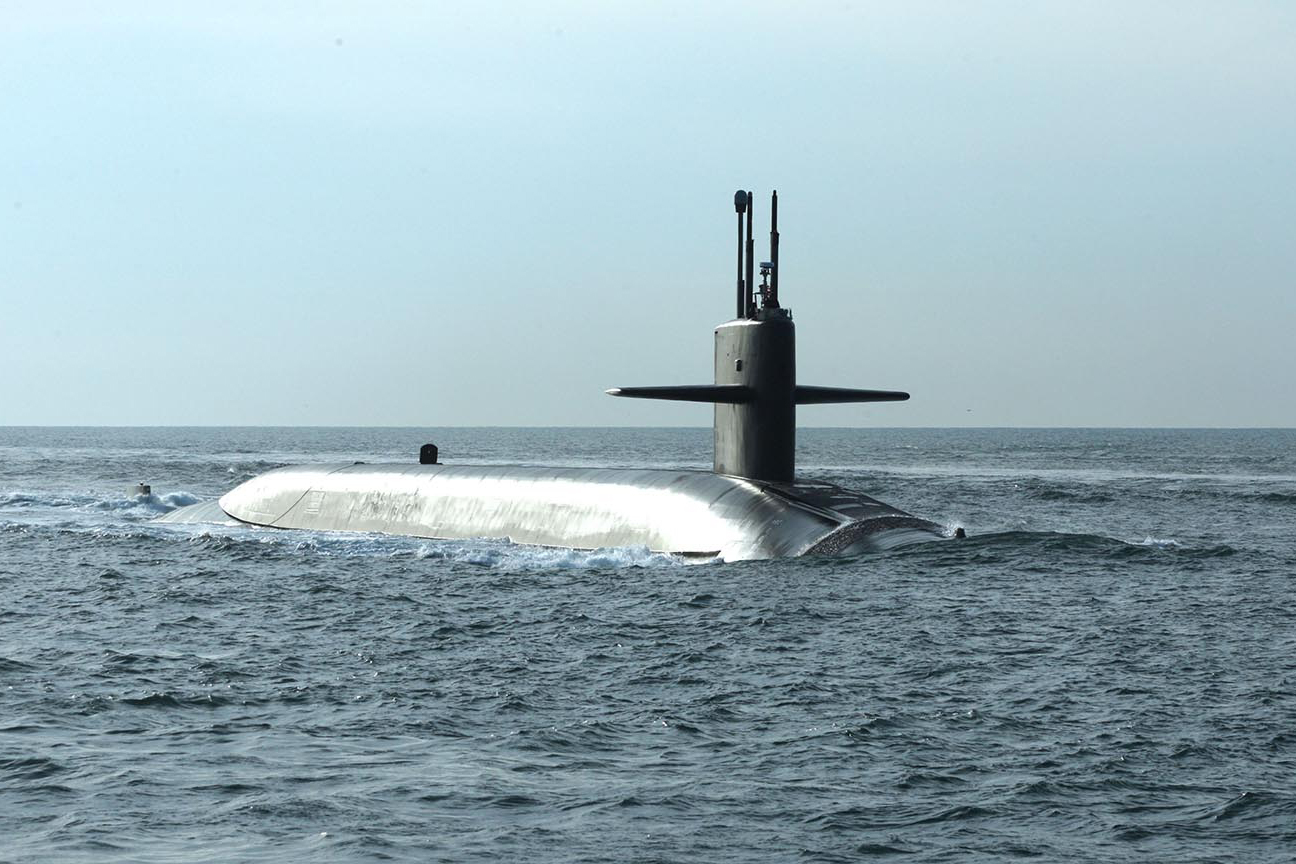
Mission Area
Sea Control
Johns Hopkins APL’s Sea Control Mission Area supports U.S. Navy and joint service missions, delivering essential capabilities to project military power on, under, and above the seas. We focus on four key areas to revolutionize maritime superiority: maritime domain situational awareness, kinetic and non-kinetic effects to deter aggressors and deescalate hostilities, force survivability against near-peer threats, and effective and affordable rapid prototyping and modernization. We develop and field innovative solutions that maintain global access for U.S. naval forces and deny adversaries use of the maritime domain.
Leadership

Andrew Mara Sector Head, Force Projection
Learn more about Andrew Mara
Christopher Watkins Mission Area Executive, Sea Control
Learn more about Christopher WatkinsHighlights
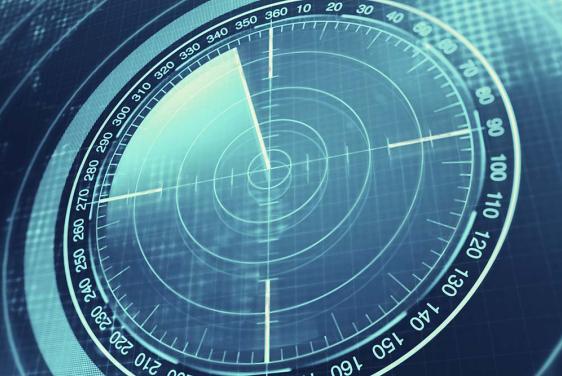
Integrated Undersea Surveillance Systems
We are solving critical challenges for the Navy’s undersea surveillance community, making contributions such as active and passive sonar processing algorithms for inclusion in the Advanced Surveillance Build tactical sonar modernization program.
Learn more about Integrated Undersea Surveillance Systems
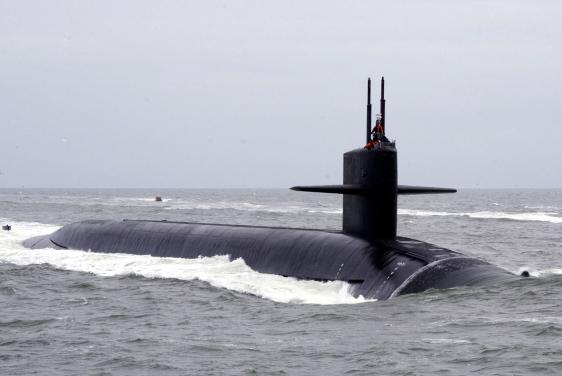
Submarine Survivability Program
The SSN/SSGN survivability program ensures our submarines stay hidden regardless of new technology, changing mission requirements, and increasingly sophisticated adversaries.
Learn more about Submarine Survivability Program
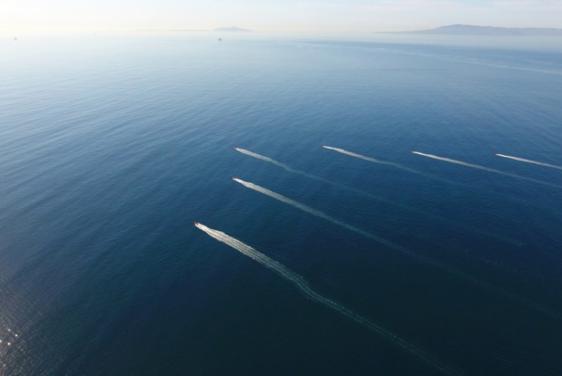
Swarming Uncrewed Surface Vehicles
APL, in collaboration with the Naval Air Warfare Center Port Hueneme Weapons Division, led a swarming uncrewed surface vehicle demonstration of advanced multivehicle autonomy at tactically relevant speeds.
Learn more about Swarming Uncrewed Surface Vehicles
Recent News
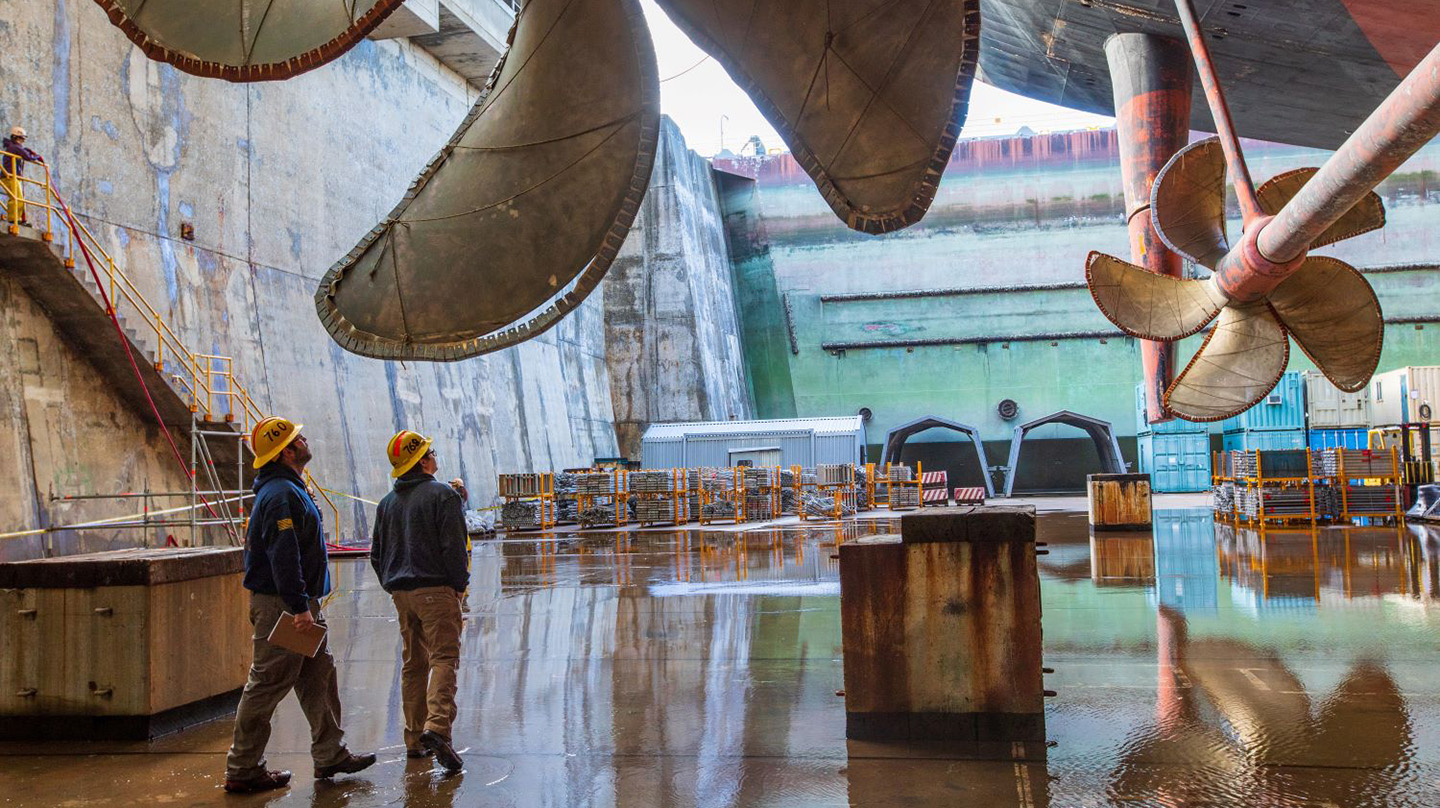
Press Release
Nov 12, 2025
New Robotic Arm Opens Doors to Explore Future of Maritime Repair
Johns Hopkins APL has installed a state-of-the-art robotic arm to advance repair and manufacturing for the maritime industrial base. Using wire arc additive manufacturing and advanced sensing technologies, the system makes faster, more precise repairs of oversized components possible—strengthening fleet readiness and reducing costs. This innovation builds on APL’s commitment to supporting Navy sustainment and industrial agility.

Press Release
Sep 8, 2025
Mara Named Head of Force Projection Sector at Johns Hopkins APL
Andrew Mara has been named head of the Force Projection Sector at APL. Mara joined APL in 2023 as the head of the National Security Analysis Department, where he led the development of advanced technical capabilities to enable high-impact analyses of strategic challenges.
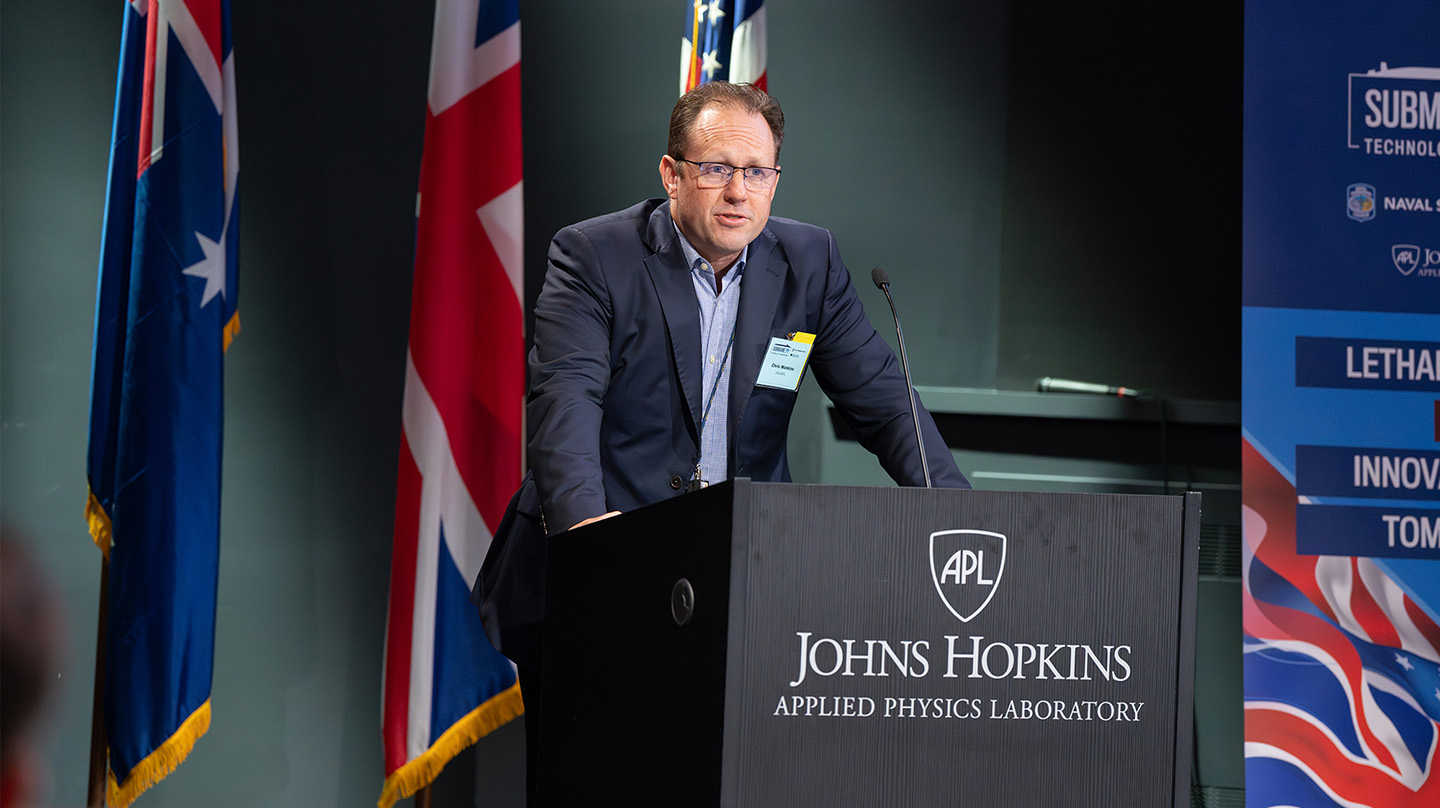
Press Release
Sep 2, 2025
37th Annual Submarine Technology Symposium Advances Undersea Collaboration and Innovation
More than 600 participants from across the submarine force, allied nations, industry and academia gathered at Johns Hopkins APL for the 37th Submarine Technology Symposium. The symposium provided a forum for technical exchange and discussion under the theme “Lethality Today and Innovation for Tomorrow.”